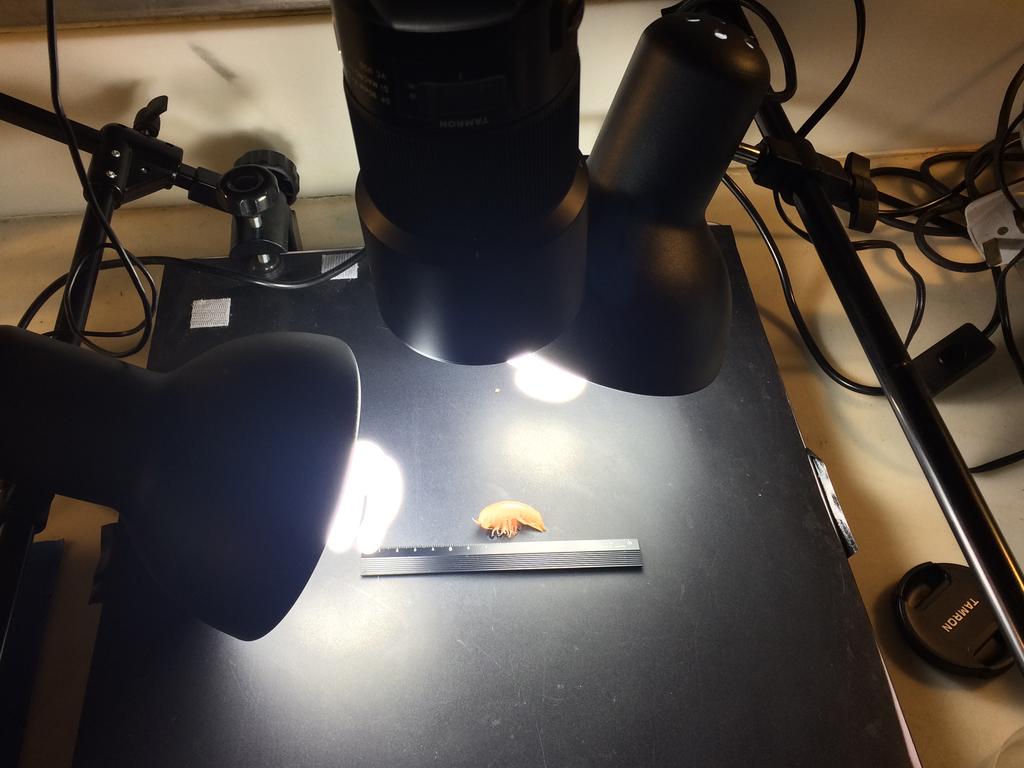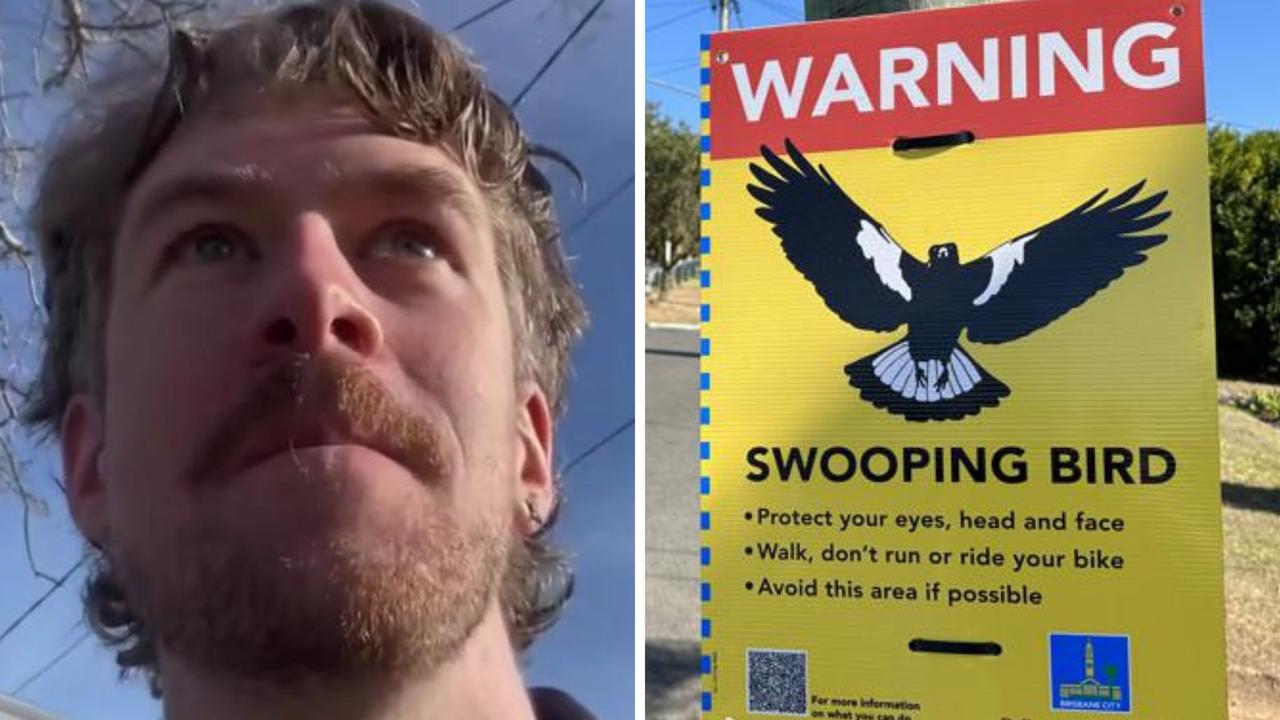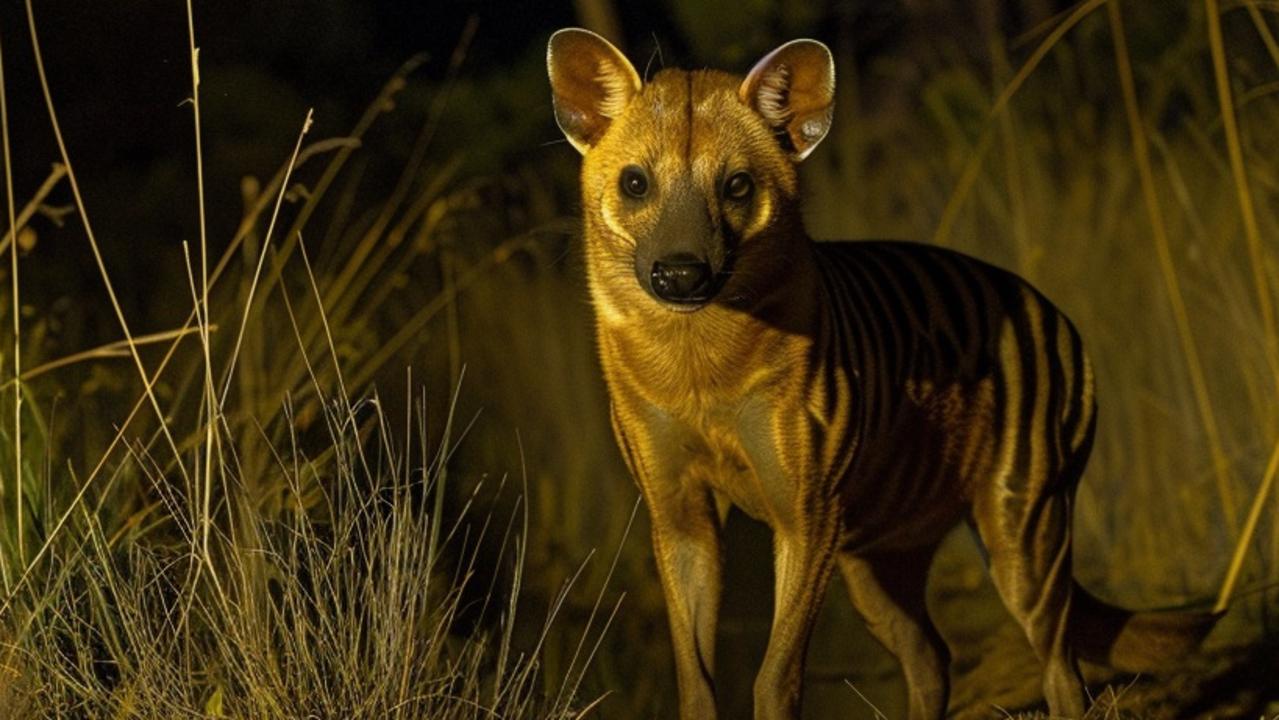Scientists name new creature discovered deep below sea level
Scientists have discovered a strange new sea creature but they were so shocked at what they found inside it, they gave it a poignant name.

A new sea creature that was discovered deep below the ocean’s surface had a concerning find in its stomach.
The tiny crustacean was found living nearly 7km below sea level so scientists were shocked when they looked inside it to see plastic.
They were so concerned at finding plastic in an animal living in one of the deepest places on earth, they then named it Eurythenes plasticus.
Dr Alan Jamieson, from England’s Newcastle University, said they gave the animal that name because sadly it was one of the most conspicuous things they found on the species.
“And I think we need to get that down in the taxonomic record,” he said.
“We’re just making a statement to say that we’re now at the point where we are looking at a new species from an unexplored habitat and it’s already contaminated with plastic.
“We need to take immediate action to stop the deluge of plastic waste into our oceans.”
The animal was found in the Pacific Ocean’s Mariana Trench between Japan and the Philippines and below the Great Pacific Garbage Patch.

PhD Student Johanna Weston, who was part of the research team, said they found a microfibre inside one of the four specimens of Eurythenes plasticus examined.
That microfibre was 83 per cent similar to Polyethylene terephthalate (PET), a plastic polymer used in water bottles and workout clothes.
“Finding a new species that we didn’t know was there before and finding plastic in it, just shows how widespread this is as a pollutant,” Ms Weston said.
“The new name really speaks to the fact that plastic pollution is everywhere.
“This new species gives a real name to people that they can connect with: The actions that I’m doing on land can impact this animal that’s living 6000m below sea level.”

Dr Jamieson said contaminants called persistent organic pollutants or POPs binded to plastic.
“Plastic in the sea collects these contaminants and ends up sinking, deep-sea animals eat it, and those contaminants leech into the animal, and we know these contaminants reduce reproductive success,” he said.
The research was supported by the World Wide Fund for Nature (WWF) and published today in the renowned scientific journal Zootaxa.
Katinka Day, No Plastic in Nature Policy Manager at WWF-Australia, said 8 million tonnes of plastic was dumped into the world’s oceans every year, with 53 per cent originating from Southeast Asia.
Plastic waste exports from wealthy nations, including Australia, frequently end up in open air landfills in Southeast Asia and then wash into rivers and ultimately the ocean.
“Plastics are in the air we breathe, the water we drink, and now in animals that live in one of the most remote places on earth,” said Ms Day.
“This is a global disaster that requires nations around the world to take collective action on both a national and international scale.”




